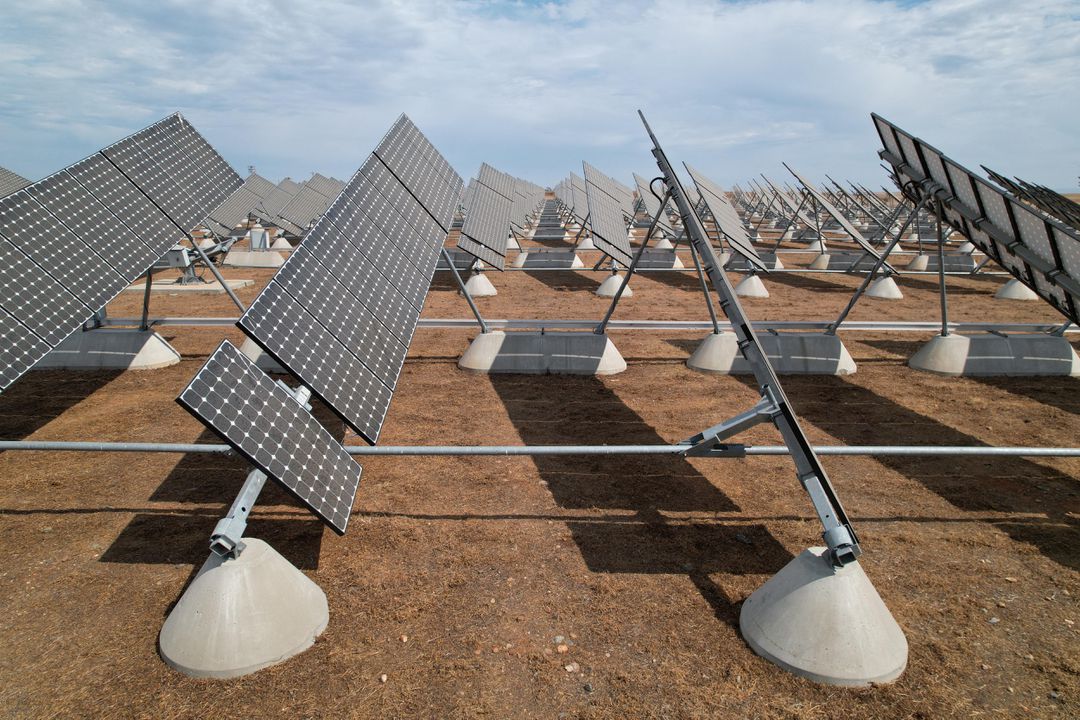The year is still young, but Asia has already built up a considerable lead over several European countries and the United States in terms of energy transition progress so far in 2025.
Large Asian nations including China, India, South Korea and Japan all reduced fossil fuel use and boosted clean power output by more than their international peers in early 2025, according to data from energy think tank Ember.
Indeed, while most of Asia made cuts to fossil fuel use for electricity production in January from the same month in 2024, the US and Europe have both expanded fossil fuel-fired generation, thereby reversing their transition momentum.
Asian nations also lifted clean power production by more than most of Europe’s top economies, highlighting an important power generation trend that stands to impact annual emission reduction efforts if sustained for the full year.
EARLY PROGRESS
In terms of cuts to fossil fuel electricity generation, South Korea stands out with a 15 per cent reduction in January from the same month in 2024. Record nuclear power output has allowed utilities to cut back on coal and gas use there.
Vietnam, China, India and Asia as a whole also made year-over-year cuts to fossil fuel-fired generation in January, which is typically one of the peak demand months for power in Asia.
India was the leader among clean power boosters in January over January 2024, registering a 26 per cent rise in clean electricity production. Near-record output from solar, nuclear and bioenergy plants helped lift India’s clean power total.
Several other Asian nations have also registered strong clean power generation momentum in early 2025, with China, South Korea, Japan and Asia as a whole all notching up 16 per cent or greater year-on-year increases in clean electricity output in January.
SLOW START
While Asian nations are making clear progress against energy transition goals, climate trackers have had less to cheer about from the generation trends in Europe and the United States.
A combination of weak wind power output across Europe and strong electricity demand growth in North America has triggered a rise in utility use of fossil fuels on both continents this year.
Power producers across Europe collectively raised fossil fuel-fired electricity production by 5 per cent in January from the same month a year ago, with the Netherlands and Poland among the stand-outs with even larger fossil fuel use increases.
A major driver of that higher burn rate of gas and coal was a widespread reduction in clean power generation, especially from wind farms.
Cumulative wind electricity generation in Europe during January and February was down 16 per cent year from the same months in 2024.That clean power shortfall forced the region’s utilities to crank output from natural gas and coal plants, resulting in the backsliding in energy transition momentum so far this year.
In the United States, strong growth in overall electricity consumption has spurred utilities to crank output from all generation assets.
US clean electricity production in January plus February was up 6 per cent from the same months in 2024, thanks mainly to higher solar capacity and generation.
However, US utilities have also boosted output from fossil fuels, with coal-fired electricity production during the first two months of 2025 up by 20 per cent from the same period in 2024.
US natural gas-fired output was down by around 1 per cent from the start of 2024, due mainly to a rise in natural gas prices which have climbed by around 80 per cent from year-ago levels.
Going forward, continued strength in US gas prices is likely to sustain the elevated use of coal for power, despite the higher emissions toll that comes with it.
US power firms generate around 950,000 metric tons of CO2 per unit of electricity from coal plants, and around 540,000 tons of CO2 per unit of electricity from gas plants, Ember data shows.
And the peak demand period in the US still lies ahead, with use of power-hungry air conditioners the highest during summer.
In Europe, winter is the peak demand period, so the arrival of spring should reduce overall power needs and provide utilities with the scope to cut back on fossil fuel use.
That said, as wind is Europe’s third-largest source of clean power after nuclear and hydro, the sub-par wind output levels seen so far this year may mean utilities may need to keep gas and coal output higher for longer.
That fossil-heavy reliance contrasts with power generation trends in Asia, where use of coal and gas plants tends to hit their annual lows during the northern hemisphere spring.
If that trend plays out again while Europe and the US sustain their current fossil fuel usage levels, Asia could widen its current gap in terms of energy transition progress and cement its place as the global driver of clean power momentum.







Click here to change your cookie preferences